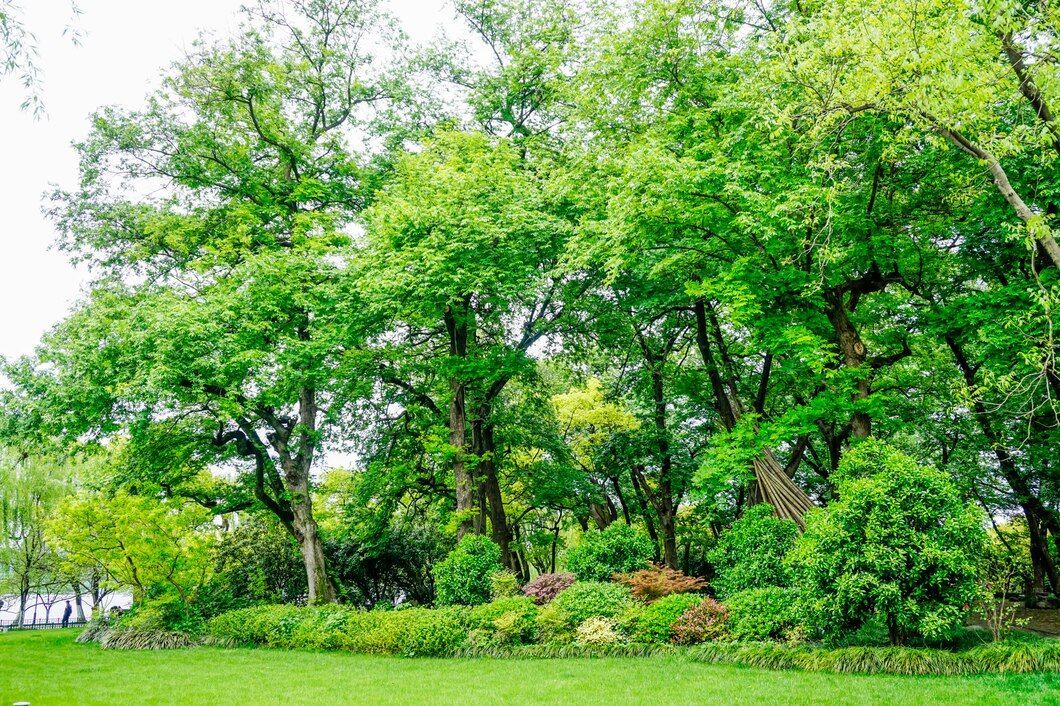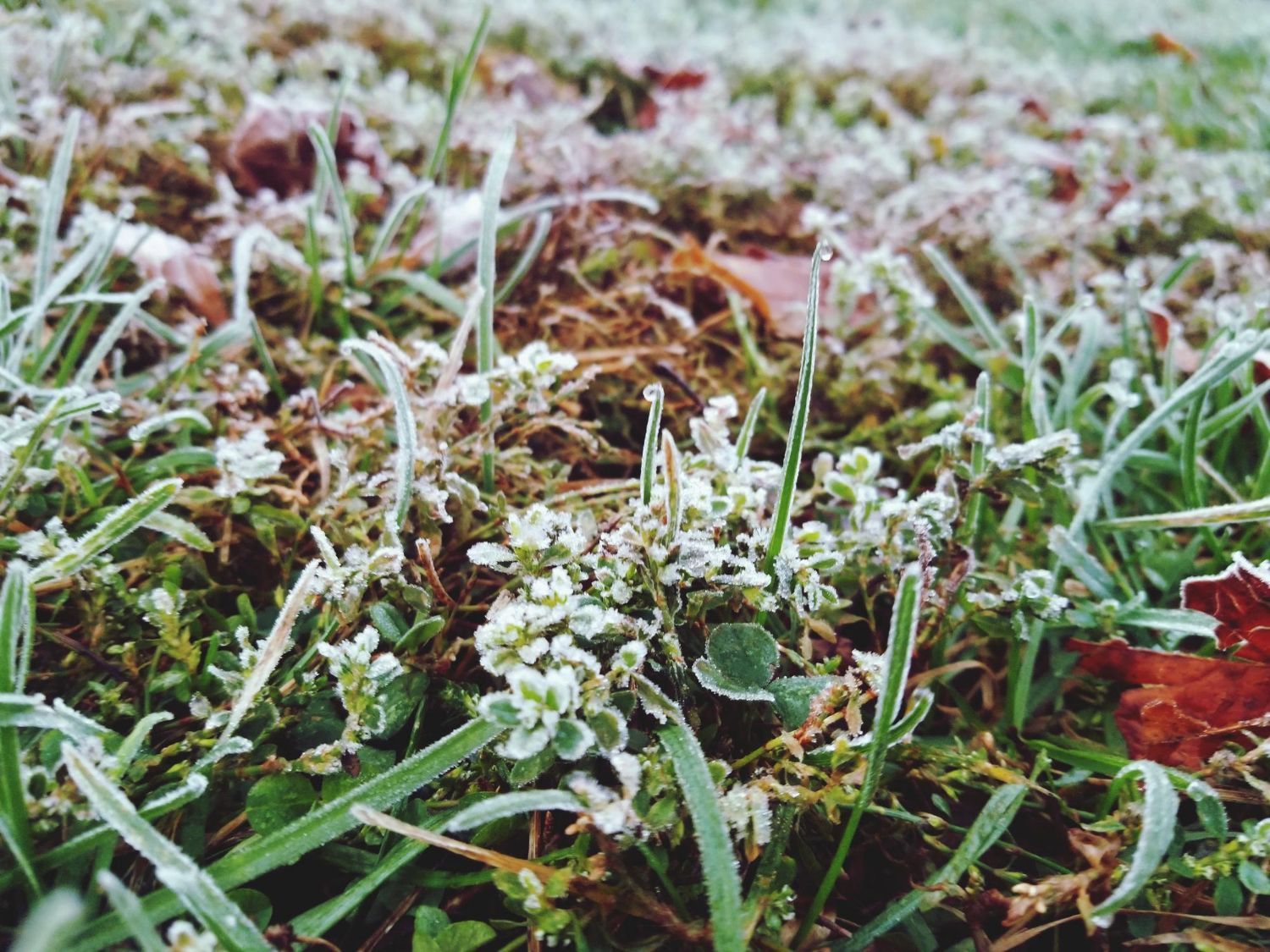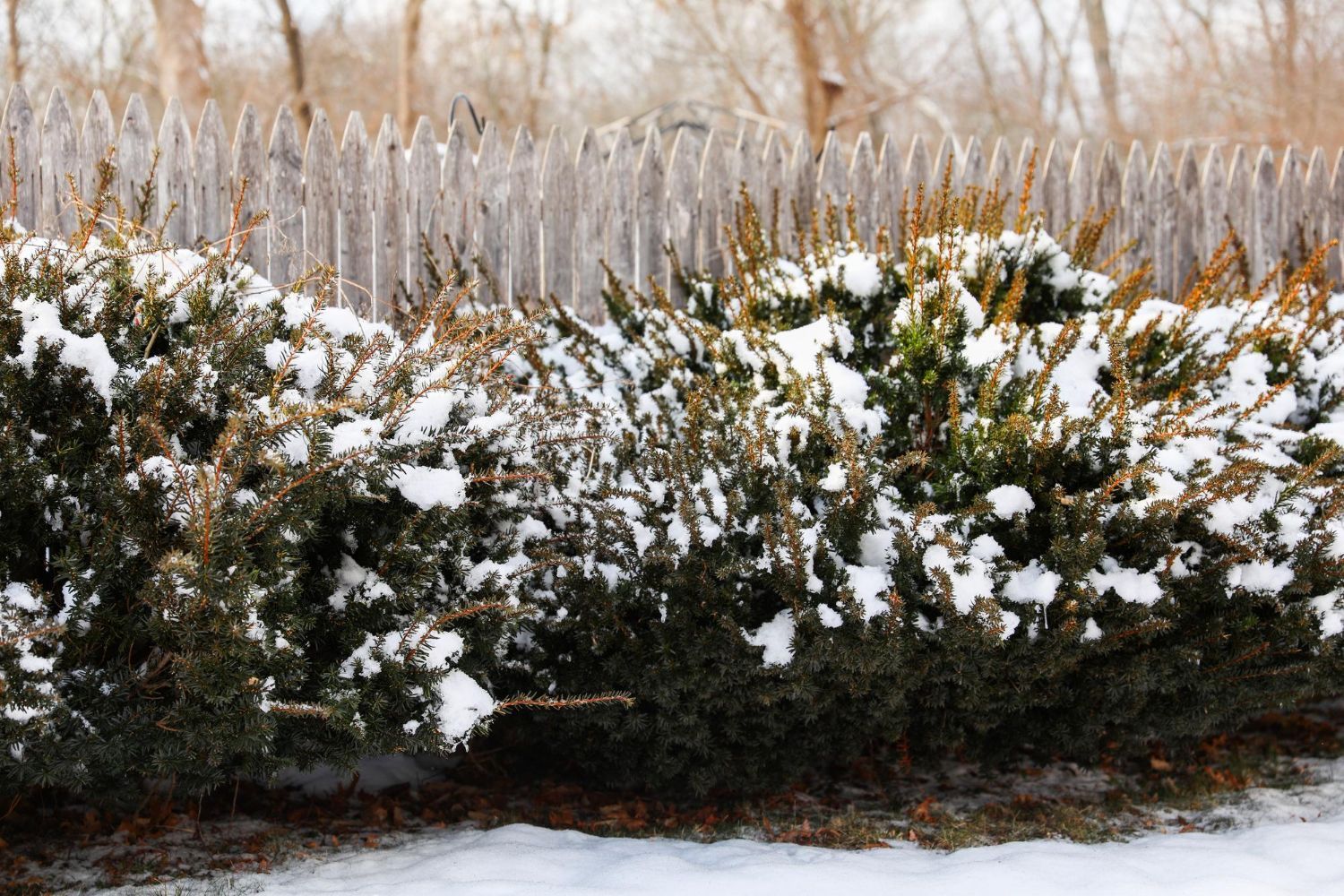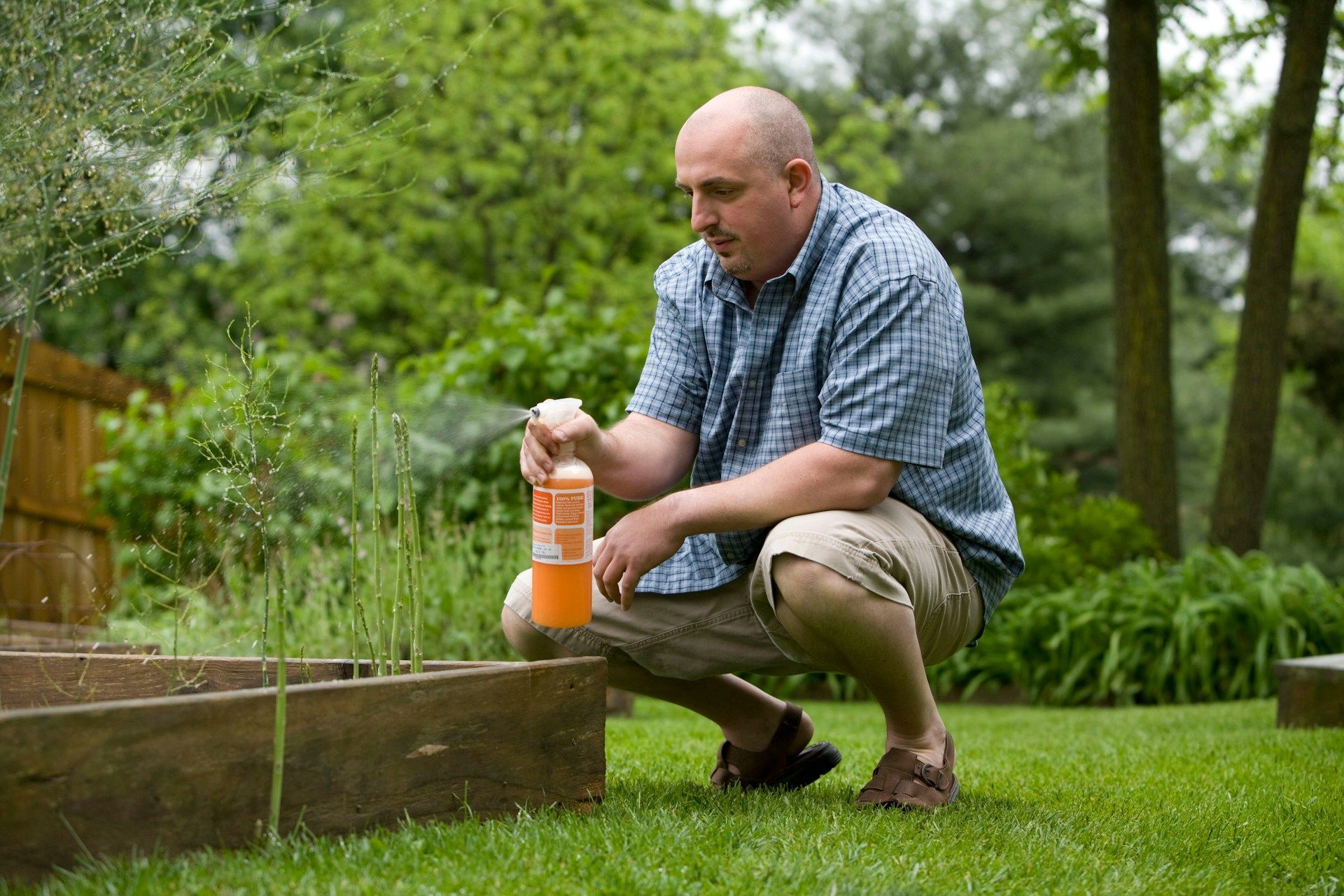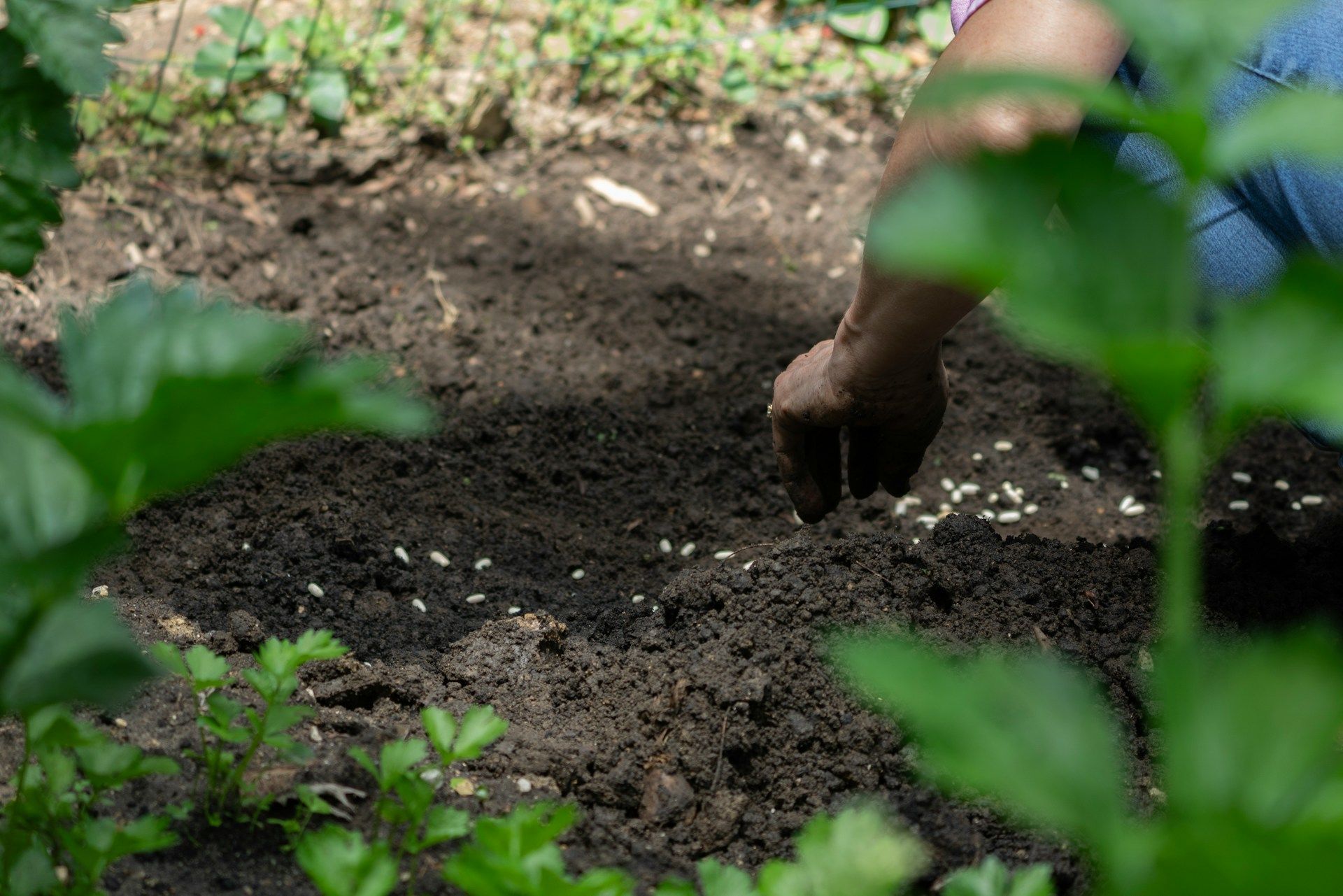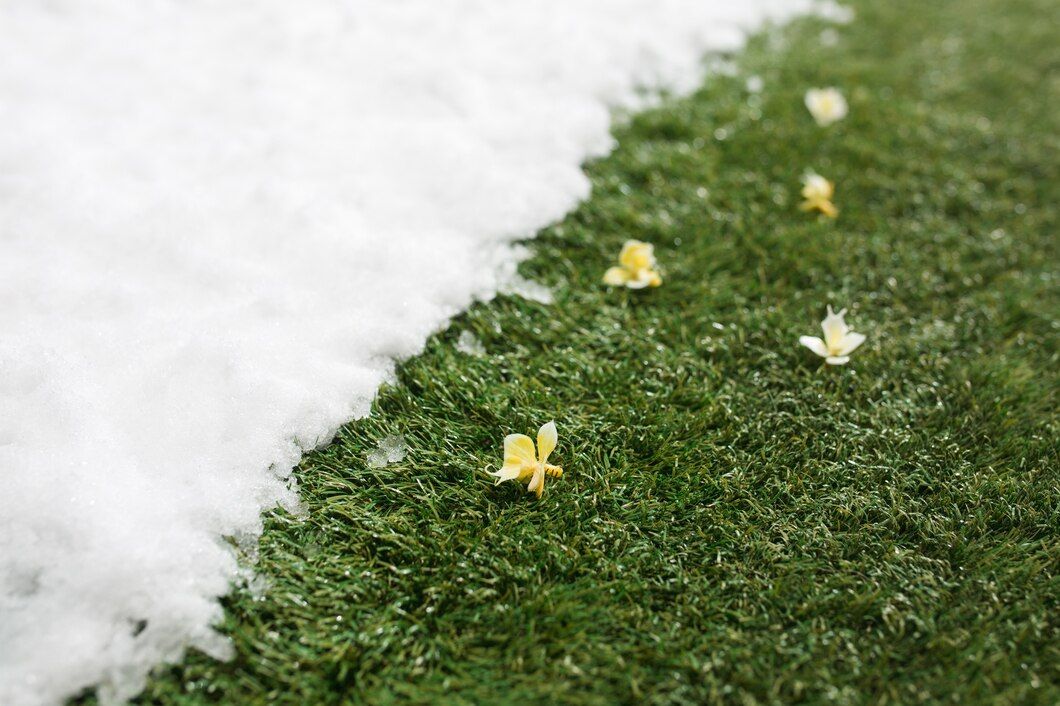What Our Customers Are Saying
How to Care for Your Trees and Shrubs at Home
Taking care of trees and shrubs is an important part of maintaining a healthy and beautiful yard. Trees and shrubs not only add beauty to your landscape but also provide shade, privacy, and habitats for wildlife. Giving them the right care can make a big difference in their growth and longevity. Essential care includes regular watering, proper mulching, and fertilization. These practices keep your plants healthy and strong.
Pruning is another important aspect of tree and shrub care. Pruning helps keep plants in shape, encourages new growth, and removes dead or diseased branches. It's important to know when and how to prune to avoid harming the plants. Using the right tools and techniques can make the job easier and more effective.
Pest and disease management is crucial to keeping your trees and shrubs in top condition. Identifying common pests and diseases early can help you address problems before they become severe. Whether you choose natural or chemical controls, understanding the signs and treatment options is key to protecting your plants. Seasonal maintenance also plays a significant role. Knowing what to do in each season ensures your trees and shrubs get the care they need throughout the year.
Essential Care Tips for Healthy Trees and Shrubs
Regular Watering
Regular watering is crucial for the health of trees and shrubs. Young trees and newly planted shrubs need more water to help them establish their roots. Water deeply but infrequently to encourage roots to grow deeper into the soil. Aim for one to two inches of water per week, either from rainfall or supplemental watering. Be sure to water at the base of the plant, and avoid wetting the leaves, as this can lead to fungal diseases.
Mature trees and established shrubs require less frequent watering, but it's still important to monitor their moisture levels, especially during dry spells. Use a soaker hose or drip irrigation system to water efficiently, ensuring the water reaches the root zone. Mulching around the base of trees and shrubs can also help retain moisture and reduce the need for frequent watering.
Proper Mulching
Mulching is essential for maintaining the health of trees and shrubs. Apply a 2-4 inch layer of mulch around the base of the plant, extending to the drip line. Avoid piling mulch against the trunk, as this can cause rot and attract pests. Mulch helps regulate soil temperature, retain moisture, and suppress weeds. It also improves the soil structure as it breaks down, providing essential nutrients.
Choose an organic mulch like wood chips, bark, or compost for the best results. Organic mulch decomposes over time, enriching the soil and promoting healthy root growth. Replenish the mulch layer as needed, particularly in the spring and fall, to maintain its effectiveness.
Fertilization Practices
Fertilizing trees and shrubs provides them with the nutrients they need to grow strong and healthy. Conduct a soil test before fertilizing to determine nutrient deficiencies and adjust your fertilization plan accordingly. Use a balanced, slow-release fertilizer to provide a steady supply of nutrients over time. Apply fertilizer in the early spring or fall, when plants are actively growing.
Proper application is key to preventing nutrient runoff and environmental damage. Spread the fertilizer evenly around the base of the plant, avoiding direct contact with the trunk or stems. Water the area thoroughly after fertilizing to help the nutrients penetrate the soil and reach the roots.
Pruning Techniques for Trees and Shrubs
When to Prune
Knowing when to prune trees and shrubs can make a big difference in their health and appearance. In general, the best time to prune most trees and shrubs is late winter to early spring before new growth starts. This timing helps the plants recover quickly and reduces the risk of diseases. However, some flowering shrubs should be pruned right after they bloom to avoid cutting off next year's flowers. Always research the specific needs of each plant species to determine the best pruning time.
Tools You Need
Having the right tools makes pruning easier and more effective. Essential tools for pruning include:
1. Pruning Shears:
Great for small branches and stems up to ½ inch thick.
2. Loppers: Useful for cutting thicker branches, up to 2 inches in diameter.
3. Pruning Saw: Ideal for branches larger than 2 inches.
4. Pole Pruner: Helps reach high branches without a ladder.
Keep your tools clean and sharp to make clean cuts and reduce the risk of spreading diseases. Disinfect tools between cuts if you suspect a plant is diseased.
Step-by-Step Pruning Guide
1. Assess the Plant:
Before you start, look at the overall shape and health of the tree or shrub. Identify dead, damaged, or diseased branches that need to be removed.
2. Remove Dead or Diseased Wood:
Begin by cutting away any dead, damaged, or diseased branches. Make cuts just outside the branch collar, the swollen area where the branch meets the trunk.
3. Thin Out Overcrowded Areas:
Remove some of the interior branches to improve air circulation and light penetration. This helps reduce the risk of fungal diseases and promotes healthy growth.
4. Shape the Plant:
Trim back overgrown areas to maintain the desired shape and size. Be careful not to remove more than one-third of the plant's overall foliage at a time, as this can stress the plant.
5. Clean Up:
Collect and dispose of all pruned material to prevent the spread of pests and diseases. Inspect the plant for any missed branches and make final touch-up cuts if needed.
By following these pruning techniques, you can keep your trees and shrubs healthy, attractive, and better able to resist pests and diseases.
Pest and Disease Management
Identifying Common Pests
Keeping an eye out for common pests helps protect your trees and shrubs. Some pests to look for include aphids, spider mites, and caterpillars. Aphids are small, green insects that cluster on new growth. They can cause leaves to curl and weaken the plant. Spider mites are tiny and create fine webs on leaves. They suck sap from the plant, causing stippled and yellowed leaves. Caterpillars chew on leaves, creating holes and ragged edges. Identifying these pests early can help you take action before they cause severe damage.
Natural and Chemical Controls
Once you've identified pests, you can choose between natural and chemical controls. Natural controls include using beneficial insects like ladybugs and lacewings that eat harmful pests. You can also spray plants with a mix of water and mild dish soap to remove aphids and spider mites. For caterpillars, hand-picking them off plants and using Bacillus thuringiensis (Bt) can be effective.
Chemical controls involve using insecticides. Choose products labeled safe for your specific plants and pests. Follow the instructions carefully to minimize harm to beneficial insects and the environment. Always try natural methods first, reserving chemicals for more severe infestations.
Signs of Disease and Treatment Options
Diseases can also harm trees and shrubs. Look for signs like discolored leaves, unusual spots, or wilting. Common diseases include powdery mildew, which looks like white or gray powder on leaves, and root rot, which causes wilting and yellowing. Treat powdery mildew by removing affected parts and applying a fungicide if needed. For root rot, improve soil drainage and avoid over-watering.
Regularly inspect plants for signs of disease. Early detection helps you treat problems before they become serious. Maintaining healthy trees and shrubs through proper watering, mulching, and fertilization also prevents many diseases.
Seasonal Maintenance for Trees and Shrubs
Spring and Summer Care
In spring, focus on inspections and new growth. Remove any winter-damaged branches and apply a fresh layer of mulch. Spring is also a good time to fertilize, as trees and shrubs are actively growing. Ensure plants receive adequate water, especially young ones. During the summer, watch for pests and water thoroughly during dry periods. Mulch helps conserve moisture and keep roots cool. Light pruning can shape plants and remove dead flowers.
Fall Preparations
Fall is the time to prepare trees and shrubs for winter. Remove fallen leaves and any debris around plants to reduce pest and disease risk. Apply a final round of fertilizer to encourage root growth before the colder months. This is crucial for plants suffering stress or needing extra nutrients. Water deeply to ensure plants have enough moisture going into winter. Pruning should focus on removing dead or diseased branches to prevent problems in the spring.
Winter Protection Strategies
Protecting trees and shrubs during winter helps ensure they thrive in spring. For evergreens, consider applying an anti-desiccant spray to prevent them from drying out. Cover young or sensitive plants with burlap or cloth to shield them from harsh winds and frost. Mulching is also essential in winter. Apply a thick layer of mulch around the base of plants to insulate roots from freezing temperatures.
Check for snow or ice damage and gently brush off any heavy snow loads. Avoid using salts or chemicals to melt ice near plants, as these can harm roots. Proper winter protection ensures your trees and shrubs emerge healthy and strong when spring arrives.
Conclusion
Taking care of trees and shrubs can transform your yard into a beautiful, healthy landscape. Regular watering, proper mulching, and correct fertilization practices promote strong growth. Pruning helps maintain shape and remove unhealthy parts. Vigilance against pests and diseases ensures your plants stay healthy. Seasonal care guides your efforts throughout the year, preparing your plants for each season's challenges.
Whether it's spring's new growth, summer's heat, fall's preparations, or winter's protection, giving your trees and shrubs the attention they need pays off. If you need expert help to keep your lawn and garden in top shape, contact Healthy Lawn in New Jersey.
We're here to assist with all your outdoor needs, ensuring your landscape remains vibrant and healthy. Take the first step towards a greener, more beautiful yard by contacting us today for our
tree and shrub care services!


